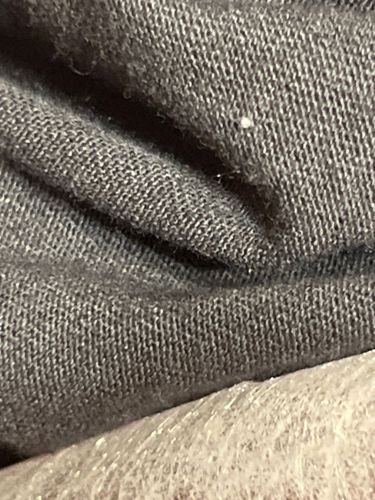Dust Mite
Scientific Name: Dermatophagoides spp.
Order & Family: Acariformes, Pyroglyphidae
Size: 0.2-0.3 mm (microscopic)

Natural Habitat
Human dwellings, especially beds, carpets, upholstered furniture, and clothing, thriving in warm, humid conditions.
Diet & Feeding
Primarily feeds on dead skin cells (dander) shed by humans and pets. Also consumes other organic detritus.
Behavior Patterns
Dust mites are microscopic and cannot be seen with the naked eye. They are largely sedentary, spending their lives within their habitat, feeding and reproducing. They do not bite or burrow into skin. Their life cycle lasts about 6-8 weeks, with females laying 20-50 eggs.
Risks & Benefits
Potential risks include triggering allergic reactions in sensitive individuals, leading to asthma, eczema, and allergic rhinitis. They are not known to transmit diseases. There are no direct benefits to humans, as they are primarily considered pests due to their allergenic properties.
Identified on: 10/1/2025